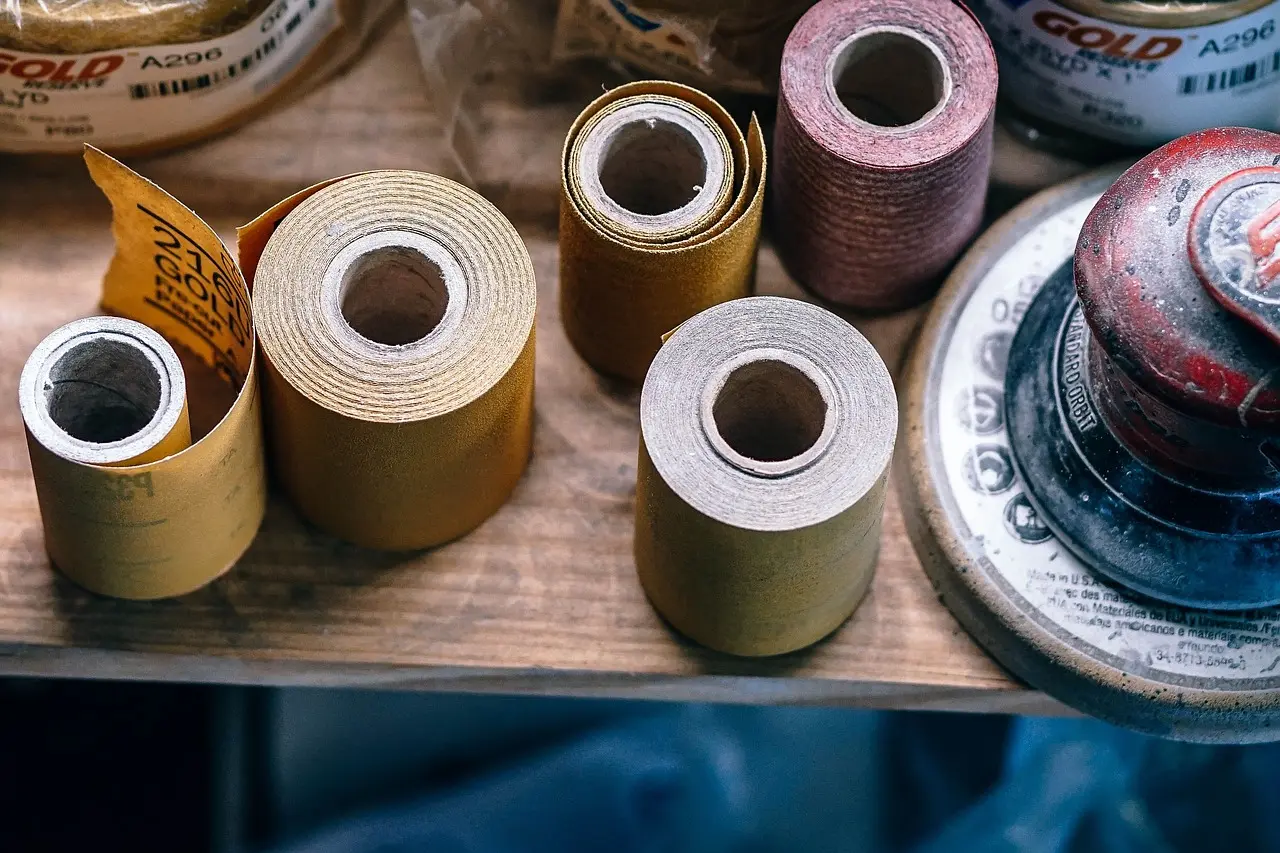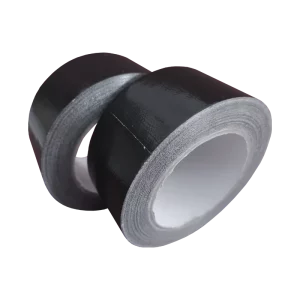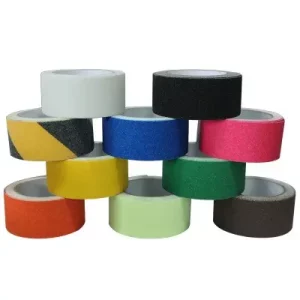When it comes to quick fixes, temporary repairs, or even long-term sealing solutions, adhesive tapes are some of the most versatile tools available. Among the wide array of tapes in the market, duct tape and silicone tape stand out as two of the most commonly used types. While they may look similar at a glance, these two products serve very different purposes and are engineered to perform under different conditions.
Understanding the core differences between duct tape and silicone tape is essential whether you’re a homeowner tackling DIY projects, a professional working in construction or electrical maintenance, or even someone in the automotive or marine industries. In this article, we’ll take a comprehensive look at how duct tape and silicone tape compare in terms of adhesive strength, heat resistance, flexibility, water resistance, clean removal, and more.
What is Duct Tape?

Duct tape is a pressure-sensitive tape known for its strong adhesive backing and cloth or scrim-reinforced layer. Traditionally made with a polyethylene coating, duct tape is prized for its durability, toughness, and general-purpose usability. Originally developed during World War II to seal ammunition cases, duct tape has evolved into a household and industrial staple.
Common Applications of Duct Tape:
- Sealing HVAC ducts (although foil tape is preferred today)
- Temporary repairs for hoses, pipes, and upholstery
- Securing loose items during transport
- Reinforcing packaging or cardboard boxes
- Crafting and DIY projects
What is Silicone Tape?

Silicone tape, also referred to as self-fusing or self-amalgamating tape, is quite different in its design and application. It doesn’t use a traditional adhesive but instead bonds to itself when wrapped tightly around an object. Made from silicone rubber, it is heat-resistant, electrically insulating, and highly flexible. It forms a permanent, waterproof seal after a few minutes of application.
Common Applications of Silicone Tape:
- Insulating electrical cables
- Sealing plumbing leaks
- High-temperature automotive repairs (hoses, exhaust pipes)
- Marine and outdoor uses where waterproof sealing is critical
- Emergency repairs on tools and equipment
Comparative Analysis: Duct Tape vs Silicone Tape
Let’s break down the key performance categories that differentiate these two products:
1. Adhesive Strength
Duct Tape:
Duct tape uses a rubber-based pressure-sensitive adhesive that sticks to a wide range of surfaces including wood, plastic, fabric, and metal. Its instant tack and strong grip make it ideal for securing and bundling. It is, however, prone to weakening under prolonged exposure to moisture or UV rays.
Silicone Tape:
Silicone tape does not have a sticky adhesive in the conventional sense. Instead, it relies on self-fusion, meaning it bonds to itself when stretched and wrapped around a surface. This makes it unsuitable for situations where traditional adhesive is required, but extremely effective for permanent sealing in high-stress environments.
Verdict: For sheer adhesive strength, duct tape is superior. For long-term bonding without residue, silicone tape wins.
2. Heat Resistance
Duct Tape:
Most duct tapes have a temperature tolerance of up to 200°F (93°C). Beyond this, the adhesive can begin to degrade or melt, causing failure in high-heat applications.
Silicone Tape:
Silicone tape excels in extreme temperatures, often rated for continuous exposure up to 500°F (260°C). It’s the go-to choice for automotive engine bay repairs, electrical insulation, and industrial sealing where heat is a concern.
Verdict: Silicone tape is the clear winner for heat resistance.
3. Flexibility and Conformability
Duct Tape:
While strong and tear-resistant, duct tape has limited elasticity. It can be manipulated to conform to surfaces, but tends to wrinkle or peel off on uneven or irregular shapes.
Silicone Tape:
Silicone tape is highly stretchable and conforms perfectly to joints, threads, and irregular surfaces. This makes it perfect for sealing leaky pipes, wrapping around electrical cords, or providing grip on tools.
Verdict: Silicone tape provides better flexibility and performance on complex geometries.
4. Water and Weather Resistance
Duct Tape:
Many duct tapes offer basic water resistance, but are not waterproof. Prolonged exposure to moisture can degrade the adhesive, especially in outdoor applications.
Silicone Tape:
Silicone tape is 100% waterproof once fused, creating an airtight and watertight seal. It’s also resistant to UV, ozone, and chemicals, making it suitable for marine and outdoor environments.
Verdict: For reliable waterproof sealing, silicone tape is the better option.
5. Clean Removal and Surface Safety
Duct Tape:
One of duct tape’s drawbacks is that it can leave behind a sticky, hard-to-clean residue. This can damage painted surfaces or delicate materials.
Silicone Tape:
Since it contains no adhesive and fuses only to itself, silicone tape can be cleanly removed without leaving any trace, making it ideal for temporary fixes and sensitive components.
Verdict: Silicone tape offers a residue-free, surface-safe removal experience.
Pros and Cons Summary
| Feature | Duct Tape | Silicone Tape |
|---|---|---|
| Adhesion | Strong, pressure-sensitive adhesive | No traditional adhesive, self-fusing only |
| Heat Resistance | Moderate (up to 200°F) | Excellent (up to 500°F) |
| Flexibility | Moderate | High |
| Water Resistance | Water-resistant | Waterproof |
| Surface Safety | May leave residue | Clean removal |
| Ease of Use | Peel and stick | Requires wrapping and tension |
| Durability | Good for short-to-mid term | Excellent for long-term |
| Cost | Generally inexpensive | Slightly more expensive |
Which Tape Should You Use?
Your choice between duct tape and silicone tape should depend entirely on what you’re trying to fix or seal. Here’s a quick guide:
Use Duct Tape If:
- You need a strong, immediate bond on rough or porous surfaces
- You’re working on low-heat, indoor applications
- You’re doing temporary repairs or bundling items
- Cost is a key factor and clean removal isn’t a concern
Use Silicone Tape If:
- You’re dealing with high temperatures, such as in an engine bay
- You need a permanent, waterproof seal
- You want clean removal with no sticky residue
- You’re sealing irregular shapes or complex joints
- You need electrical insulation or marine-grade sealing
Real-World Examples and Use Cases
Electrical Repairs:
Silicone tape is commonly used by electricians to insulate wire splices and connectors. Its dielectric properties prevent electrical shorts and it remains intact even in high-heat environments.
Automotive Applications:
Duct tape can temporarily fix a loose bumper or cracked headlight housing, but for heat-sensitive areas like coolant hoses or exhaust pipe wraps, silicone tape is safer and longer-lasting.
Plumbing:
Duct tape might stop a minor leak temporarily, but silicone tape creates a more reliable seal that can handle pressure and moisture until a proper repair is made.
Outdoor Gear Repairs:
Backpack torn while hiking? Duct tape can patch it up. Paddle grip coming loose? Silicone tape gives a better, grippy finish that won’t slip when wet.
Final Thoughts
Both duct tape and silicone tape are indispensable tools, but they shine in different roles. Think of duct tape as your go-to quick-fix companion, great for general-purpose repairs. On the other hand, silicone tape is your specialist sealant, excelling in extreme environments where heat, moisture, and irregular shapes come into play.
By understanding their properties and best use cases, you’ll always have the right tape for the job. Whether you’re sealing a leaky pipe, insulating wires, or just making a temporary fix, the choice between duct tape and silicone tape can make all the difference in the outcome.
If you’re looking to stock up on reliable adhesive products for your toolkit, make sure to choose high-quality, industrial-grade options from reputable manufacturers. The right tape can save you time, money, and frustration—one repair at a time.

Products
Rich variety of adhesive tape


